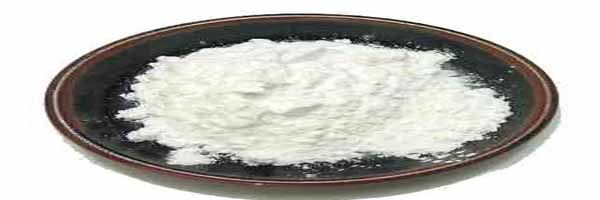
However, the price of cassava products is unstable, depending on the market demand each year. One way of solving this problem is to add value to them cassava through diversified usage, especially industrial utilization and human consumption. Processing cassava flour for human food is one solution to the problem of unstable prices for cassava products.
Adaptability of the technology
Thailand imports wheat flour for baked goods and other food products to a value of about US$120 million each year. The use of a locally produced cassava flour to replace wheat flour as a source of carbohydrate would reduce the cost of production and save on foreign exchange. The production of cassava flour is a simple technology that farmers can do for themselves. In this way, farmers can increase their incomes.
How to make the flour
To produce cassava flour, first wash the fresh roots then peel them. Wash the peeled roots. The roots are then chopped into small pieces about 5 x 0.5 x 0.2 cm, and sun-dried for two or three days (or dried in a hot air oven at 55oC). After drying, the moisture content of the cassava chips should be less than 8%. The chips are then milled, and the flour sieved through an 80 mesh sieve. Finally, the flour is packaged in plastic bags. Packaged in this way, the flour can be stored for at least eight months. The yield recovery of flour is about 20-40%, depending on the cultivar, the time of harvest, and the equipment used.
Avoiding Toxicity Problems
Good-quality cassava flour should be white and have a good smell. It should not be contaminated by insects or undesirable microorganisms. If drying takes place outdoors, this should be done on sunny days, otherwise the chips may smell bad and turn brown. It is best to use cassava cultivars which contain a low level of cyanogenic compounds, since these are potentially toxic. However, the cyanogenic content of fresh roots is not a serious problem in cassava flour production, since it is almost entirely eliminated during flour processing. Furthermore, Thailand's traditional cassava cultivars do not contain a high level of hydrocyanic acid. Our experiments on dried chips of cassava from nine cultivars found that the hydrocyanic content fell from 13.5-114.7 ppm in the fresh roots to 0.40-2.37 ppm in the flour. The level varied according to the cultivar and the time of harvest.
Cassava flour as substitute for wheat flour
Cassava flour does not contain any gluten. If it is used to replace wheat flour 100%, the quality of the product will be different. A suitable ratio for replacing wheat flour that consumers find acceptable depends on the kind of food. For example, cassava flour can replace 75% of wheat flour in sponge cakes and chiffon cakes, 50% in butter cakes and cookies, 25% in doughnuts and spaghetti, and 20% in bread. Cassava flour can be used to replace 25-50% of the rice starch in noodles, and will make the noodles softer and more elastic.
Source:www.agnet.org












Comments :
Post a Comment